
Estás filtrando por
Se encontraron 737 resultados en recursos

Compartir este contenido
Las mujeres de Cartagena de Indias en el Siglo XVII: lo que hacían, les hacían y no hacían, y las curas que les prescribían
Copia el enlace o compártelo en redes sociales
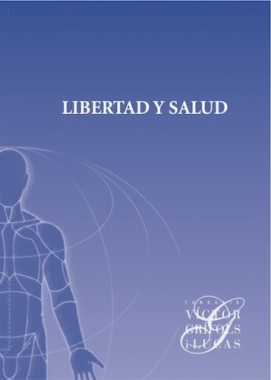
Libertad y salud
Compartir este contenido
Libertad y salud
Copia el enlace o compártelo en redes sociales
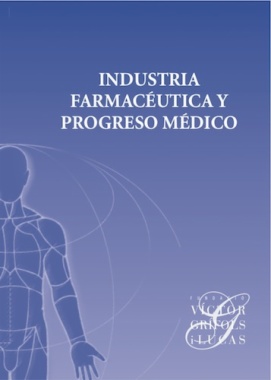
Industria farmacéutica y progreso médico
Compartir este contenido
Industria farmacéutica y progreso médico
Copia el enlace o compártelo en redes sociales
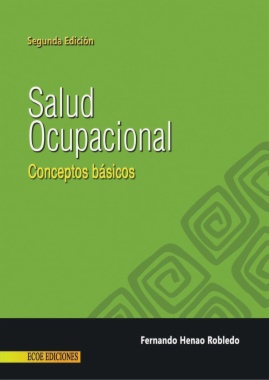
Salud ocupacional
Compartir este contenido
Salud ocupacional
Copia el enlace o compártelo en redes sociales
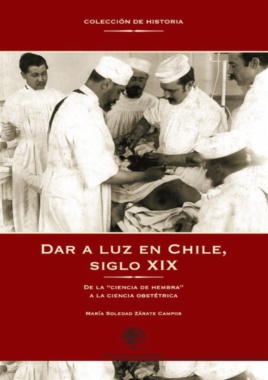
Dar a luz en Chile, siglo XIX
Compartir este contenido
Dar a luz en Chile, siglo XIX
Copia el enlace o compártelo en redes sociales

Calidad y auditoría en salud
Compartir este contenido
Calidad y auditoría en salud
Copia el enlace o compártelo en redes sociales
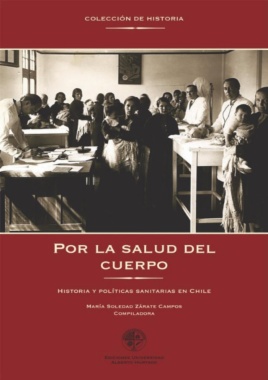
Por la salud del cuerpo
Compartir este contenido
Por la salud del cuerpo
Copia el enlace o compártelo en redes sociales
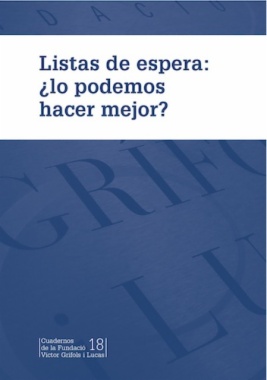
Listas de espera: ¿lo podemos hacer mejor?
Compartir este contenido
Listas de espera: ¿lo podemos hacer mejor?
Copia el enlace o compártelo en redes sociales
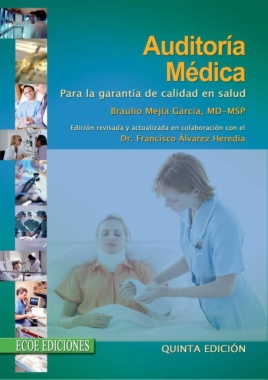
Auditoría médica para la garantía de calidad en salud (5a ed.)
Compartir este contenido
Auditoría médica para la garantía de calidad en salud (5a ed.)
Copia el enlace o compártelo en redes sociales
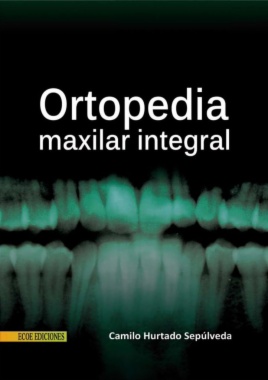
Ortopedia maxilar integral
Compartir este contenido
Ortopedia maxilar integral
Copia el enlace o compártelo en redes sociales
Selecciona las Colecciones en las que vas a añadir el contenido
Para consultar los contenidos añadidos busca la opción Tus colecciones en el menú principal o en Mi perfil.
